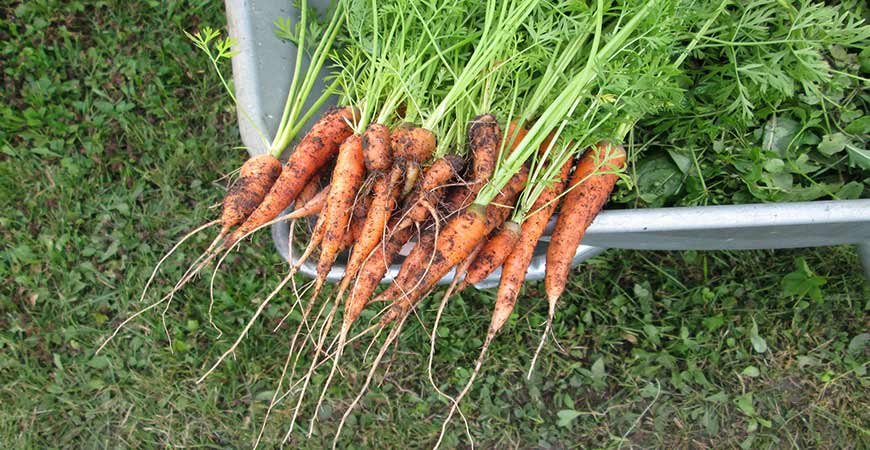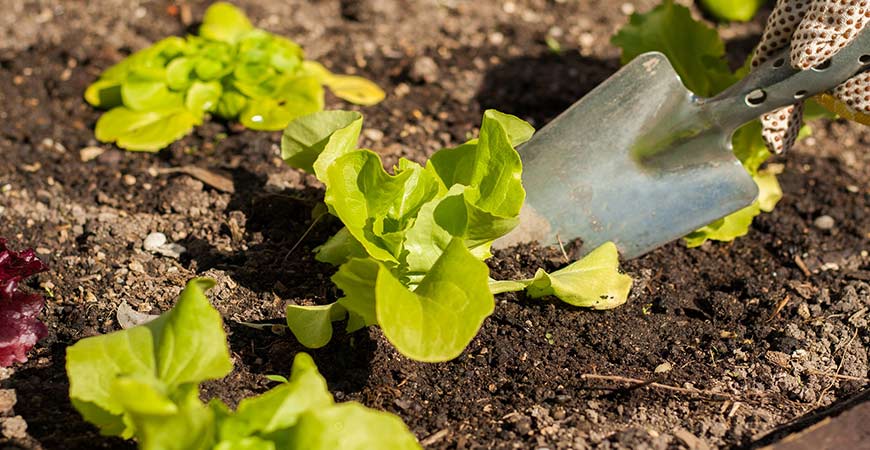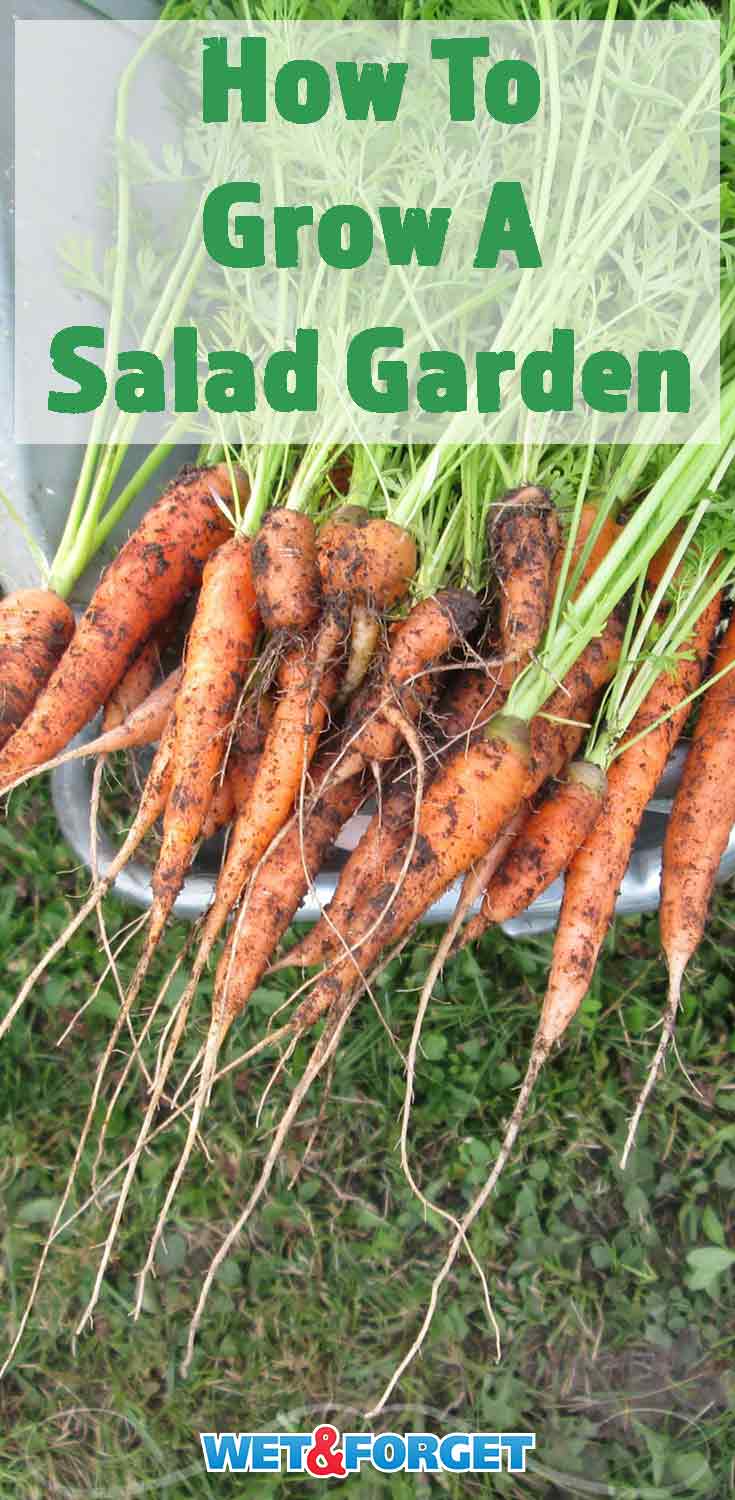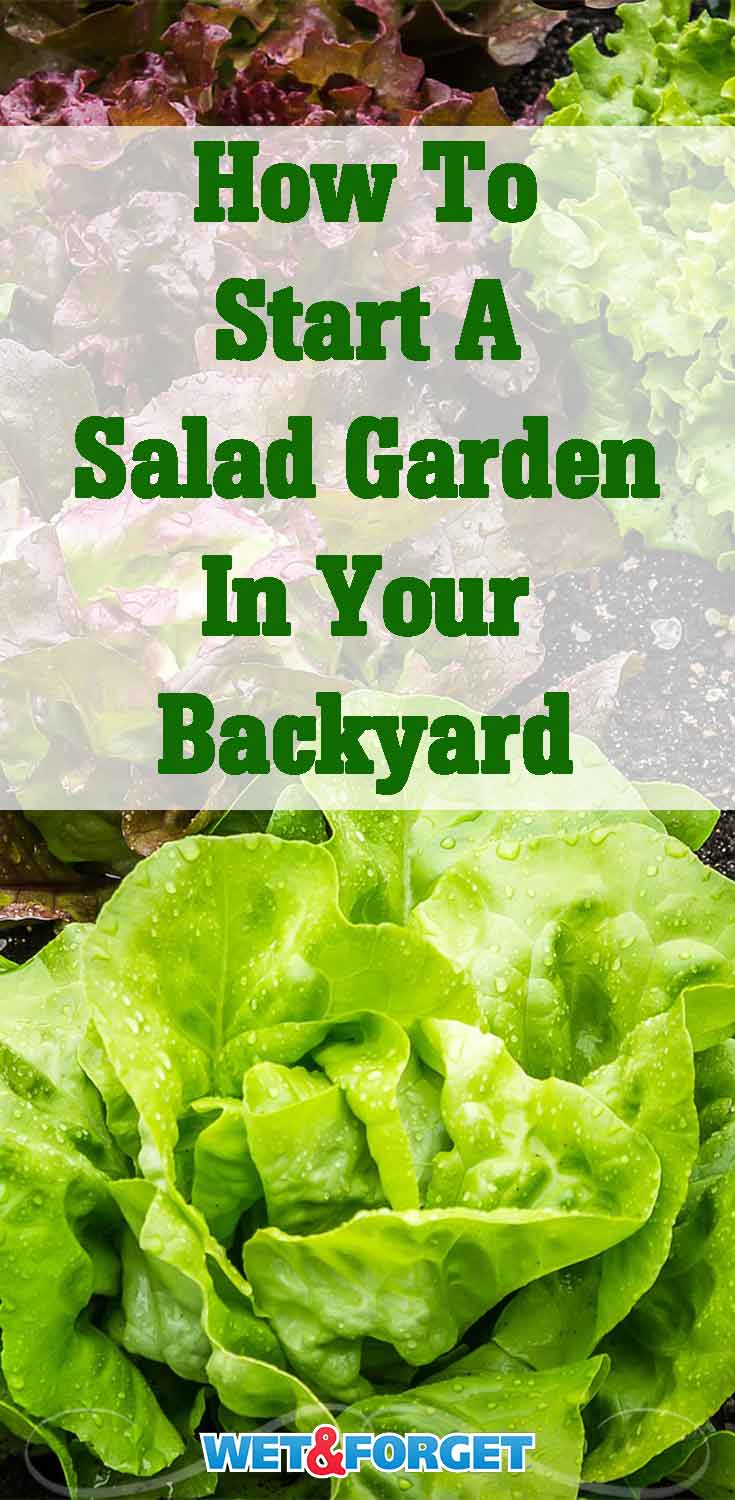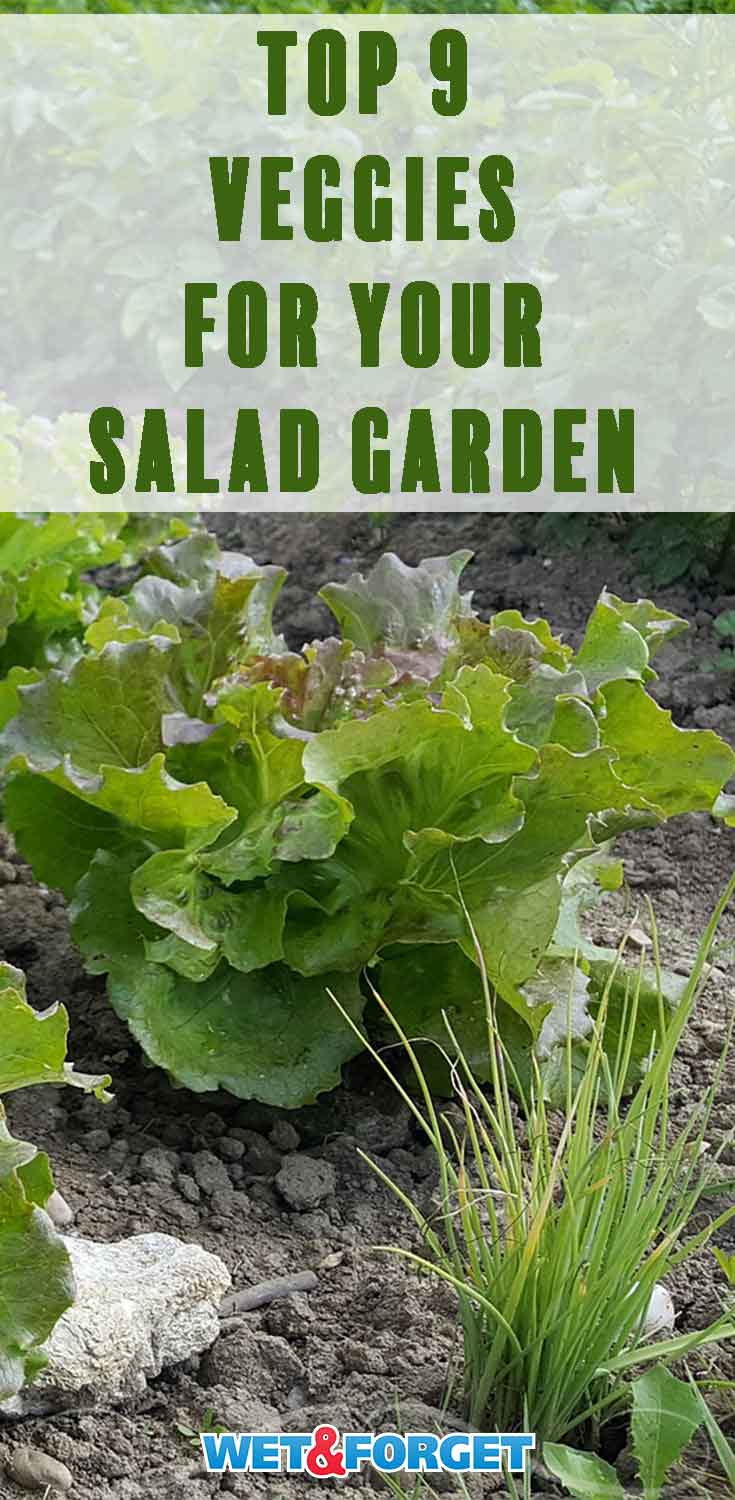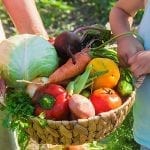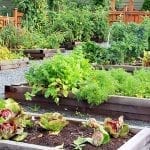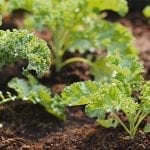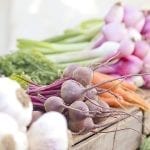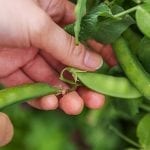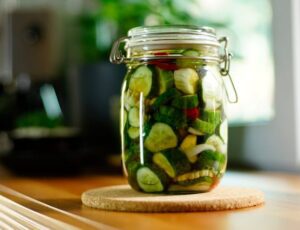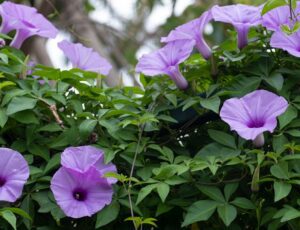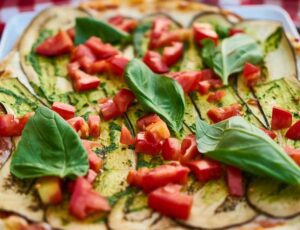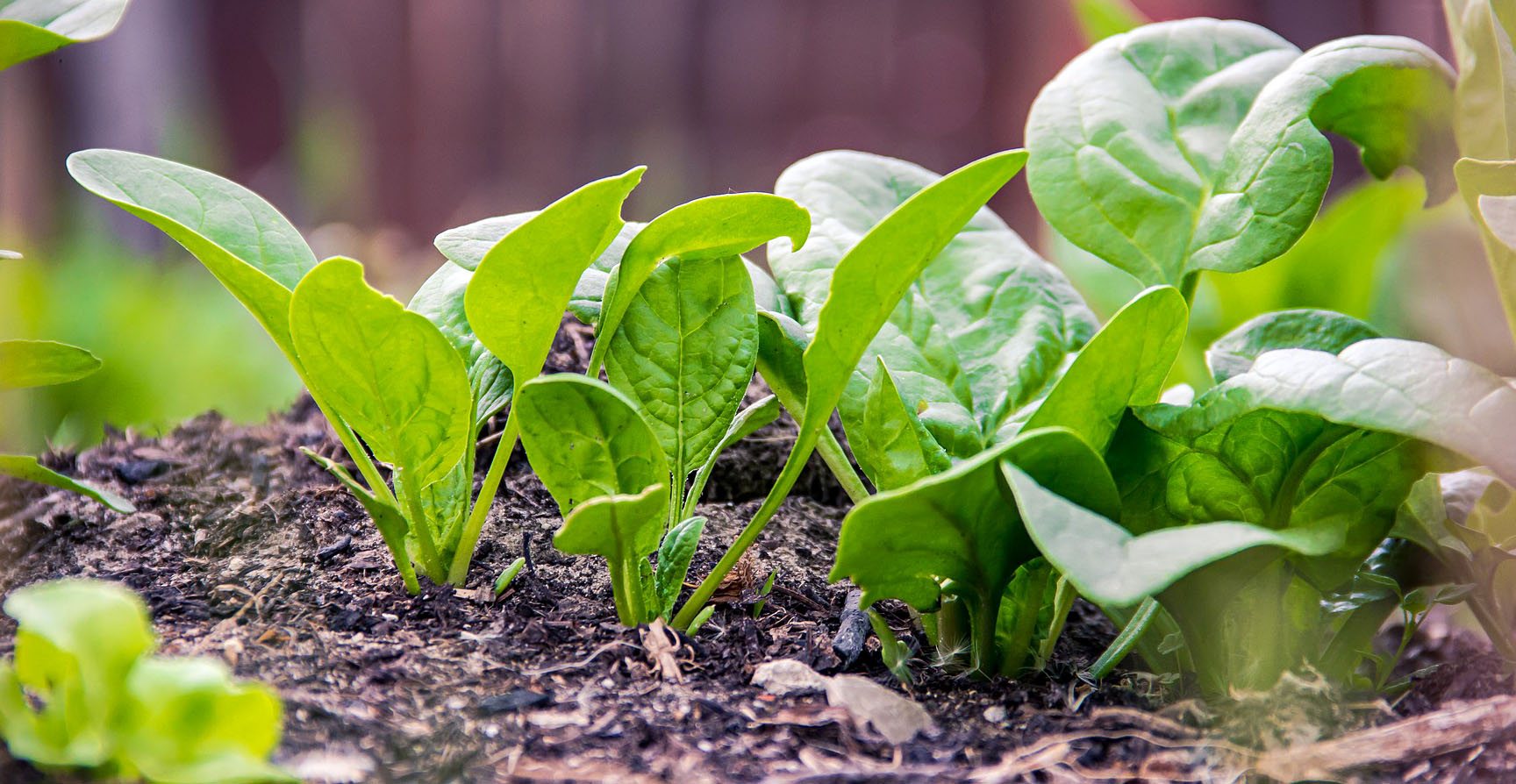
Healthy Salad Garden Ideas for Veggie Loving Gardeners
Fresh and delicious salad greens and vegetables are easy to grow, and they make a healthy addition to mealtime. If you’re interested in starting a salad garden, then see our salad garden ideas and how-tos, below.
What kind of salad greens and veggies should I grow?
It depends on your tastes and your planting zone. Some greens are sweet while others are pleasantly peppery or pungent. Salad green selections include leaf lettuce, arugula, mesclun mix, spinach, cress, and radicchio.
The best salad vegetables include spring onions, peas, radishes, carrots, and beets. Moreover, salad greens grow best in cool weather – early spring or late fall.
However, in southern climates, grow greens and vegetables in the winter, in a cold frame, greenhouse, or under plastic.
Here’s a sampling of the variety of salad greens & veggies you can grow –
Arugula sometimes referred to as roquette, has a peppery flavor that complements mild-flavored greens.
Time to harvest: 30 days.
Chervil leaves are known for their delicate anise flavor. Chervil is great in omelets, sauces, fish, and poultry dishes as well as salads. Make radishes hotter and crisper by planting chervil in the next row.
Time to harvest: 60 days.
Loose-leaf lettuce is crisp and tender with a fresh, sweet flavor. Loose-leaf lettuce comes in a wide variety of textures and flavors. Popular types include Salad Bowl, Green Ice, Black Seeded Simpson, and Red Salad Bowl.
Time to harvest: 40 days.
Mesclun is a pre-mixed blend of mildly flavored greens, perfect for early spring salads. Plant and pick mesclun when the leaves are approximately 3 inches long.
Time to harvest: 25 days.
Radicchio, popular in Italy, has a rich red wine color and a slightly bitter taste. Radicchio forms a purple cabbage-like head when mature.
Time to harvest: 30 days.
Spinach is one of the most healthy salad greens. This nutritious green is also great for stir-fries, omelets, or as an ingredient in Italian cuisine.
Time to harvest: 40 days.
Spring Onions sometimes called bunching onions, have a fresh, oniony flavor. Tender white stalks with bright green ends taste great chopped in salads, in omelets, or eaten raw.
Time to harvest: 50 days.
Carrots come in a wide range of colors – orange, red, yellow, purple, and white, adding visual interest and flavor. Carrot varieties include Nantes Half Long, Danvers, Touchon, and Cosmic Purple.
Time to harvest: 30 days.
Radishes Spark your salad with the hot, peppery flavor of radishes. They’re one of the easiest cool-season crops you can grow – great for kids and beginning gardeners. Radish varieties include Cherry Belle, German Giant, and French Breakfast.
Time to harvest: 25 days.
For more information on growing salad greens, click here.
When should I plant a salad garden?
Plant your salad garden in cool weather – early spring or late fall. It’s best to sow seeds when daytime temperatures hover around 60 to 70 degrees F and nighttime temps stay above freezing.
Where should I plant a salad garden?
A salad garden requires a sunny location and shelter from prevailing winds. Planting veggies in a raised bed protect tender leaves from rain and mud splatters.
Learn how to build a raised garden bed, here. Salad greens grow well in pots and containers, too. And, for extra pointers on growing a salad garden visit here.
Salad Garden Ideas – 6 Steps to Growing a Salad Garden
Prepping the Site
Add a 1-inch layer of compost or aged manure to your garden plot. Mix it into the top 6 inches of soil with a spade or garden fork. Rake the soil until it’s level and evenly distributed.
Plant seeds at a depth of 1/2-inch or less, following seed packet directions. Then gently firm the soil with your hand over the seeds.
Furthermore, use named plant tags at the end of each row to remember what you planted, where.
Sow seeds or plant seedlings evenly spaced along the bed. Be sure to follow the seed packet or plant label instructions and water thoroughly.
Salad greens are high in water content, so they require moist soil – not soggy. Growing salad greens and vegetables should be evenly watered.
An easy way to add moisture is to place a soaker hose or drip irrigation line across the bed. Place sheets of plastic over the plants to minimize moisture during heavy rains.
Salad greens are easy to grow from seed. Packets of seeds are available to purchase at local home and garden centers.
Leafy greens are usually ready for harvest in six weeks. Check the seed pack directions for specific mature dates.
Keep a Garden Journal
Grab a notebook and sketch a simple map of your garden. Keep notes on planting dates, harvest dates, and how the crop performed.
Did it grow well? Did troublesome pest or disease problems occur?
Birds, Bugs and Other Critters
When you plant a salad garden, you won’t be the only one that’s interested in a tasty meal. Birds, rabbits, and voles can be deterred from nibbling with bird netting.
Other garden pests include snails, slugs, and flea beetles. Flea beetles may chew small holes in leaves – snails and slugs eat tender leaves from the edges inward. A polyester row cover anchored at the edges will stop the munching marauders.
Harvesting Your Crop
Harvest your greens and veggies when mature. Trim salad greens right above the soil line with garden scissors. Many greens will sprout new leaves and continue to produce until temps become unfavorable.
If the weatherman predicts a hard freeze, then protect your plants overnight with clear plastic sheeting.
Kitchen Prep and Serving
For peak flavor and freshness, serve salad greens the same day you harvest them. Prepare just-harvested greens by putting them in a colander and rinsing thoroughly under slowly running water.
Remove excess moisture by gently pressing between two paper towels.
Plan for Next Season
When the season ends, add nutrients to the soil by tilling in additional compost or aged manure. Add more nutrients by planting a cover crop such as annual ryegrass or buckwheat. Or give your garden a nitrogen boost by planting red clover or field peas.
Even new gardeners can learn how to plant, grow, and harvest delicious greens and veggies with these helpful salad garden techniques. No green thumb required!

